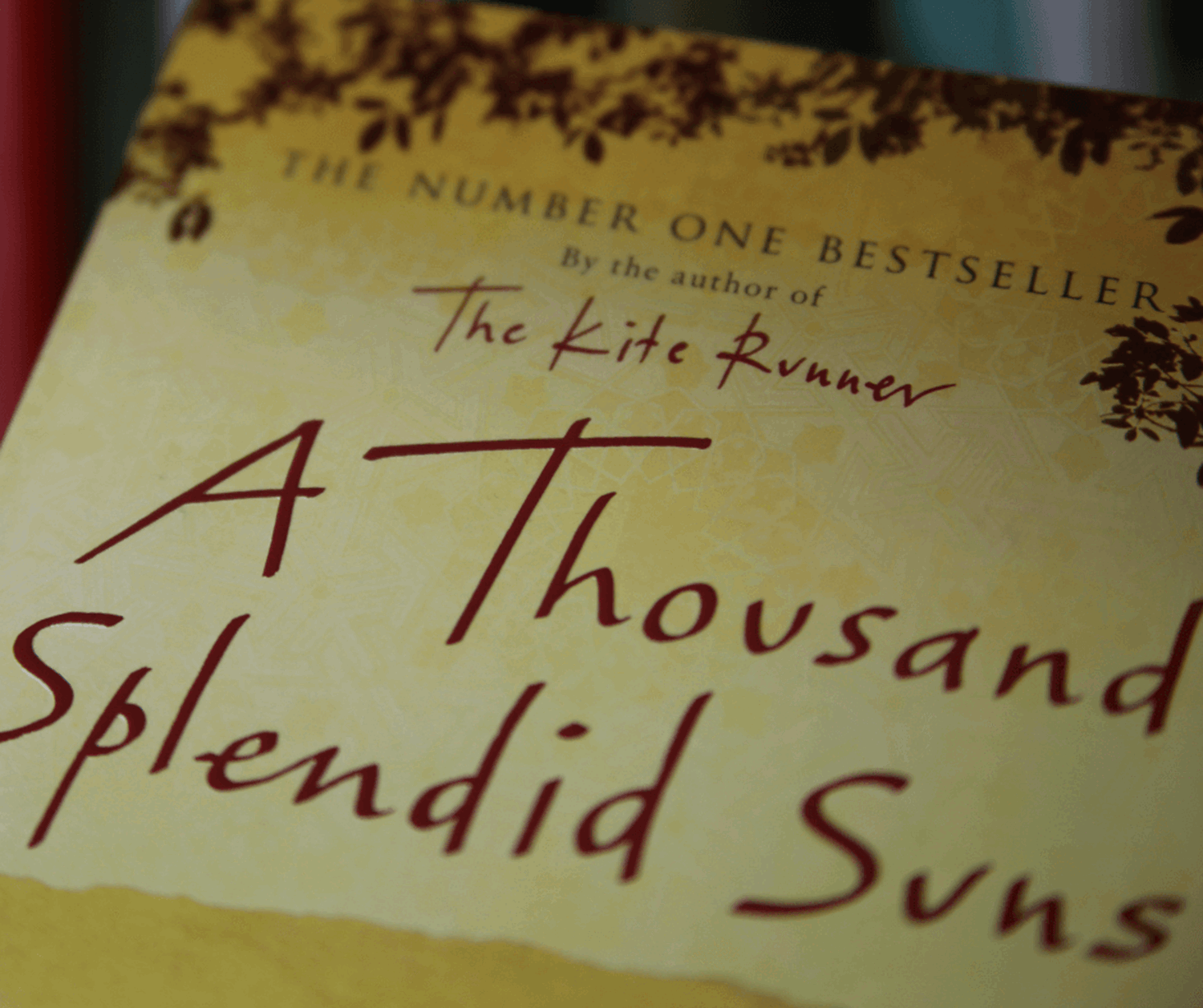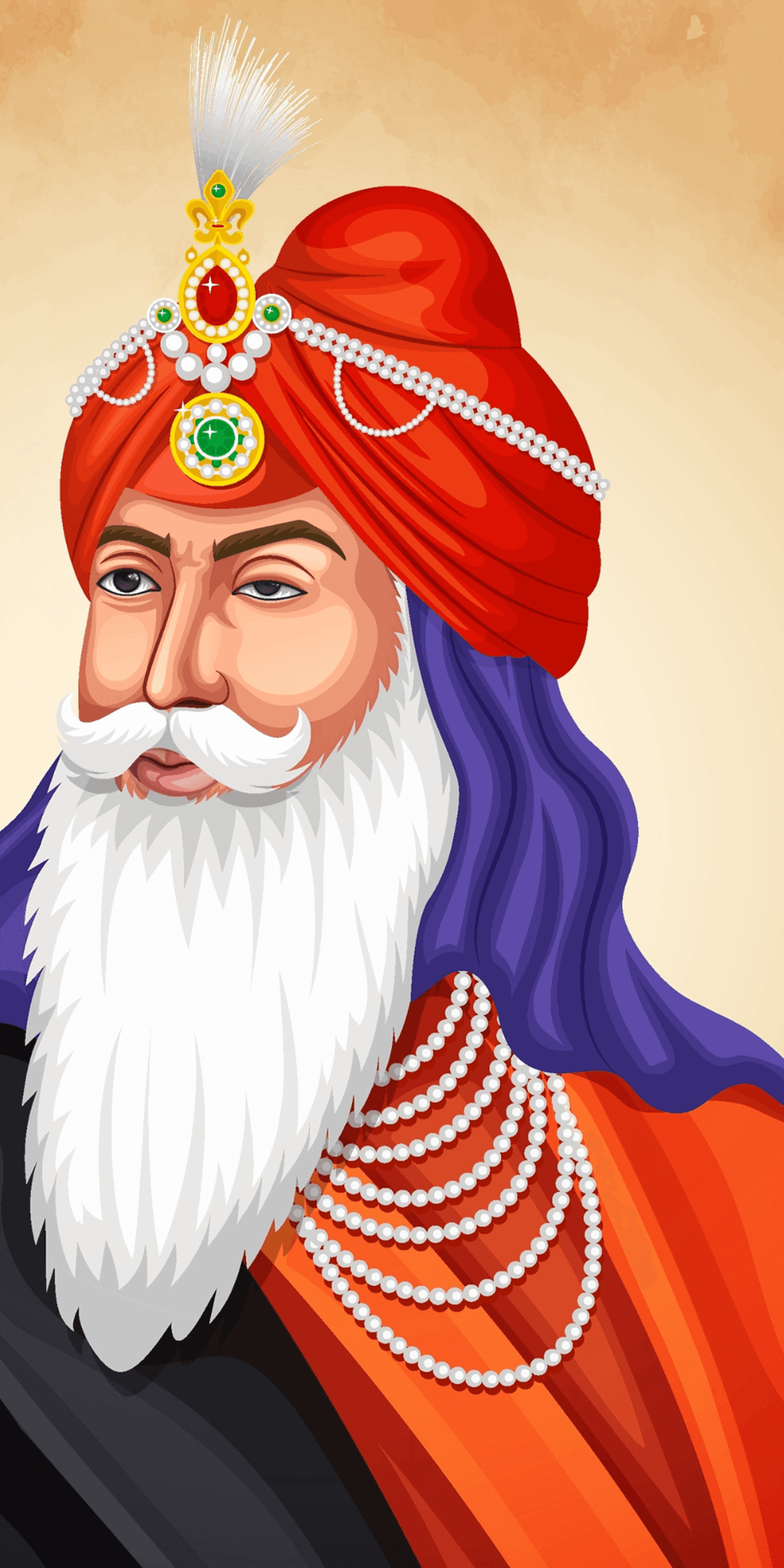We use necessary cookies to make our website work. We’d also like to set analytics cookies that help us make improvements to our website. For more detailed information about the cookies we use, read our Cookie Policy.

South Asian Heritage Month
Date Published: 21/07/2023
View all news storiesThis year, South Asian Heritage Month will be celebrated for the third year, focusing on the theme of 'Stories to tell'.
This theme encompasses many different aspects of South Asian identity, not only in Britain, but other communities across the diaspora that were and continue to share their stories. The stories can span from present day to pre-colonial India.

Books you may know by South Asian writers
Mohsin Hamid - The Reluctant Fundamentalist
Arundhati Roy - The God of Small Things
Monica Ali - Brick Lane
Khaled Hosseini - A Thousand Splendid Suns
Have you read or heard of any of the novels above?
Why do you think it is important to read books by diverse authors?
Diversity in literature can help readers to be more compassionate, caring and informed. Reading about other cultures and identities can remind us of both similarities and differences in the human experience. No matter who we are, we all have dreams, hopes and fears - and so can a book's protagonist. Too often we may only be exposed to writers from a particular part of the world, and the same goes for visual mediums like television and film.
For South Asian Heritage Month, we would like you to take some time to explore writing that you may not have had the chance to read before.

Indigenous Empires in South Asia prior to British Empire
Vijayanagara Empire
- Founded in 1136 in the modern era Indian state of Karnataka, the empire lasted until 1646
- Four dynasties ruled in the Empire, Sangama 1336 to 1485, Saluva 1485 to 1505, Tuluva 1491 to 1570 and Aravidu 1542 to 1646
- Most famous King was Samrat Krishnadevaraya who ruled from 1509 to 1529
- For most of his rule, nearly the whole of Southern India remained under the sway of this dynamic ruler. He defeated the Gajapatis of Odisha and annexed Vijaywada and Rajmahendri. However the most significant battle won for him was the Battle of Raichur (fought in 1520)
- First Capital was Anegundi and later shifted to Vijayanagara which was founded around the religious Hindu temple complex, Pampa Tirtha and Kishkinda that already existed in Hampi. By 1500, Hampi-Vijayanagara was the world’s second-largest medieval-era city after Beijing, and probably India’s richest at that time, attracting traders from Persia and Portugal
Maratha Empire
- Formally began in 1674 with the coronation of Shivaji Bhosle as Chhatrapati (Sovereign)
- Shivaji was born in 1630 and from a young age of 16 captured forts in and around Pune, Maharashtra which was then under the control of the Bijapur Sultanate
- After initial peaceful relations with the Mughal ruler Aurangzeb, Shivaji began a campaign to consolidate territory which allowed him to claim the title of Chhatrapati in a grand coronation ceremony not seen for many generations. Shivaji saw this as the start of the Hindavi Swarajya – self rule for the indigenous people of Hindustan
- The Maratha Empire at its peak in 1759 expanded from Afghanistan in the north to Thanjavur in the south, Sindh in the west to Bengal in the east. It bordered Nepal and Afghanistan in the north
- Later the Maratha Empire became a confederacy of states ruled leaders such as the Gaekwads of Baroda, Holkars of Indore and Malwa, the Scindias of Gwalior and Ujjan, the Bhonsales of Nagpur, the Jadhavs of Vidarba, the Dabhades of Gujarat, the Puars of Dhar and Dewas
Sikh Empire
- Founded by Maharaja Ranjit Singh in 1801, known as Sher-e-Punjab or The Lion of Punjab
- Ranjit Singh ruled for nearly 40 years and in that time, he unified much of Punjab including present day Afghanistan, Pakistan and India
- Famous victory at Battle of Nowshera to push back Afghan Durrani King Azim Khan’s army and captured Peshawar. Victory was pivotal in security of the region as a multicultural empire rather than dominance of one religion over others

